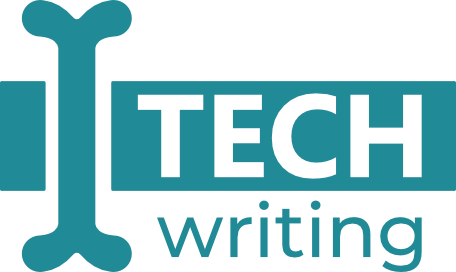Some people who consider starting a tech writing career think “That’s for me! I’m a great writer!”. The truth is that technical writing is a particular kind of writing that differs from what you might have learned at school or university. Unfortunately, if you’re a great writer, it doesn’t necessarily mean that you will also become a great technical writer. In this article, I’ll try to shed some light on how technical writing differs from other, let’s say, more artistic forms of writing.
Table of Contents
Repeat words
At school, we learn that it’s not a beautiful style of writing if you constantly repeat words. We are taught to replace a word with its synonym whenever the two words are too close to each other.
In technical writing, however, the situation is totally different. If you try too hard not to repeat certain words, your instructions might become unclear for the users. Simple language is the key and it often means that you have to repeat certain words – especially technical terms – so that you don’t confuse the users.
Use contractions
In a formal language, we usually avoid using contractions. However, Microsoft Style Guide encourages technical writers to use contractions in their writing. The tone of your instructions shouldn’t be too formal. Instead, try to make your writing sound direct and friendly so that it more or less resembles an everyday speech.
Avoid passive voice
Passive voice is commonly used in academic writing. It makes the style sound formal, authoritative, and professional. In technical writing, of course, we do want to sound professional, but at the same time, our primary goal is to be understood by people across the globe. Remember that for many of them English is not their native language. If you restrict your passive voice to a minimum, the users are much more likely to understand and correctly follow your instructions.
Check out this entry in Microsoft Style Guide for information on some exceptions when it’s ok to use passive voice in technical writing.
It’s ok not to use complete sentences
Typically, we learn that the sentences we write must have a subject and a verb. In technical writing, it’s perfectly ok to use sentence equivalents. Usually, we do so in bulleted lists or image captions.
For beginner technical writers, this topic can cause some confusion related to punctuation and capitalization. This entry on lists in Microsoft Style Guide should help you dispel any doubts.
Don’t use a lot of adverbs and adjectives
While typically adverbs and adjectives help the readers to visualize and imagine the things we write about, in technical writing an excessive use of them might be confusing. Remember that your style shouldn’t be pretty – it should be simple and easy to follow. Try to use only adverbs and adjectives that are really indispensable for the users to follow your instructions.
Avoid complex sentences and phrases
Typically complex sentences and elaborated phrases can make our writing stand out from other written works. In technical writing, however, we don’t want to stand out. We just want to be understood, especially by people whose native language is not English. If you feel like your sentence is too long, then split it into two or more sentences. Your readers will thank you for that.
Follow my Facebook page to get notified about new content.
Do you have some questions? Write to me directly on Facebook or LinkedIn.




